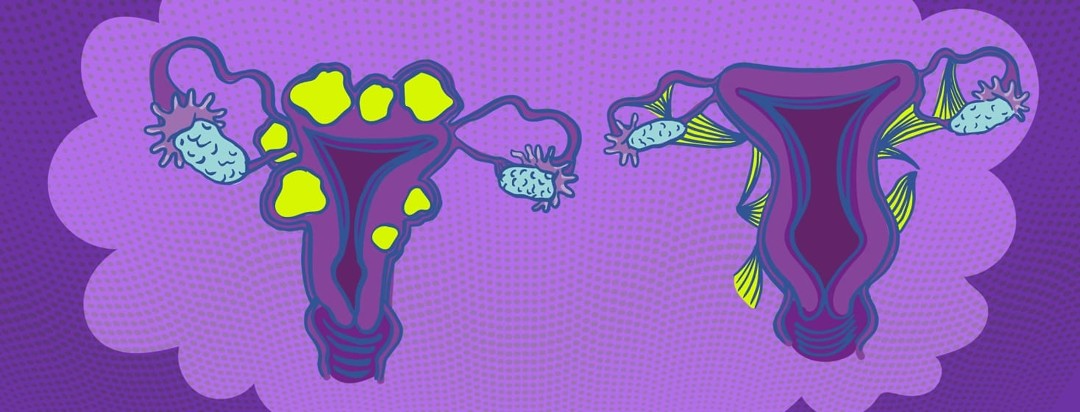Uterine Fibroids versus Endometriosis: What’s the Difference?
It is very easy to confuse the symptoms of endometriosis and uterine fibroids. They have many similar and overlapping symptoms. Because of this, it can be especially difficult to tell the difference between the two. However, they each have some important distinctions. It is crucial to know the differences so that you can seek the proper diagnosis and treatment options. When it comes to fibroids versus endometriosis, what’s the difference?
Feeling scared is okay
I experienced very similar symptoms and it is scary to live with this uncertainty. In addition, there is the possibility (as in my case) that the two can be present at the same time. Recognizing the similarities and differences can help you get an accurate diagnosis, seek appropriate treatment options, and make informed decisions. Also, having answers can help you feel more at ease and less scared about your prognosis, no matter which health issue you may be facing.
What are uterine fibroids?
Unlike in the case of endometriosis, uterine fibroids grow on or in the uterus. They are usually non-cancerous and range in size from a few millimeters up to the size of a grapefruit. Unlike endometriosis, diagnosis can usually be made with an ultrasound or similar test. But like endometriosis, estrogen is often the culprit causing the tissue to form and grow in the uterus.
What is endometriosis?
Endometriosis occurs when endometrial lining is found growing and going through the process of breaking down outside the uterus. The exact cause is unclear, but there have been many theories about its origin developed in recent years. “Confirmed” diagnosis requires surgery, but many are diagnosed using differential diagnosis methods. Just like uterine fibroids, estrogen causes the tissue to grow.
Some symptoms in common
Endometriosis and uterine fibroids can share the same symptoms, including:
- Painful periods
- Painful sex (during or after)
- Prolonged or irregular periods
- Enlarged pelvis
Some differences
Endometriosis can cause chronic pelvic pain and fatigue. In addition, it is often associated with chronic fatigue syndrome. Some women with endometriosis experience pain during bowel movements, while uterine fibroids tend to cause women to be constipated. There is a fine line between the two conditions, so knowing the difference can be a key component in helping your doctor make a differential diagnosis.
In addition, with endometriosis, our bodies know that the tissues that grow outside the uterus don’t actually belong there. Often they (our bodies) will then form scar tissue around the uterine tissue, causing additional pain, bleeding, and inflammation. It is this attacking by our own body that leads some experts (in part) to believe that there is an autoimmune component to endometriosis. But, that is still just a theory, and the research is ongoing.
Talk to your healthcare provider
Either way, if you suspect that you have endometriosis or uterine fibroids it is very important that you speak with your doctor about your symptoms and possible further testing. These conditions can occur simultaneously, or independently of one another. Getting appropriate treatment for one or both of these conditions is vital to your overall health and well-being.

Join the conversation